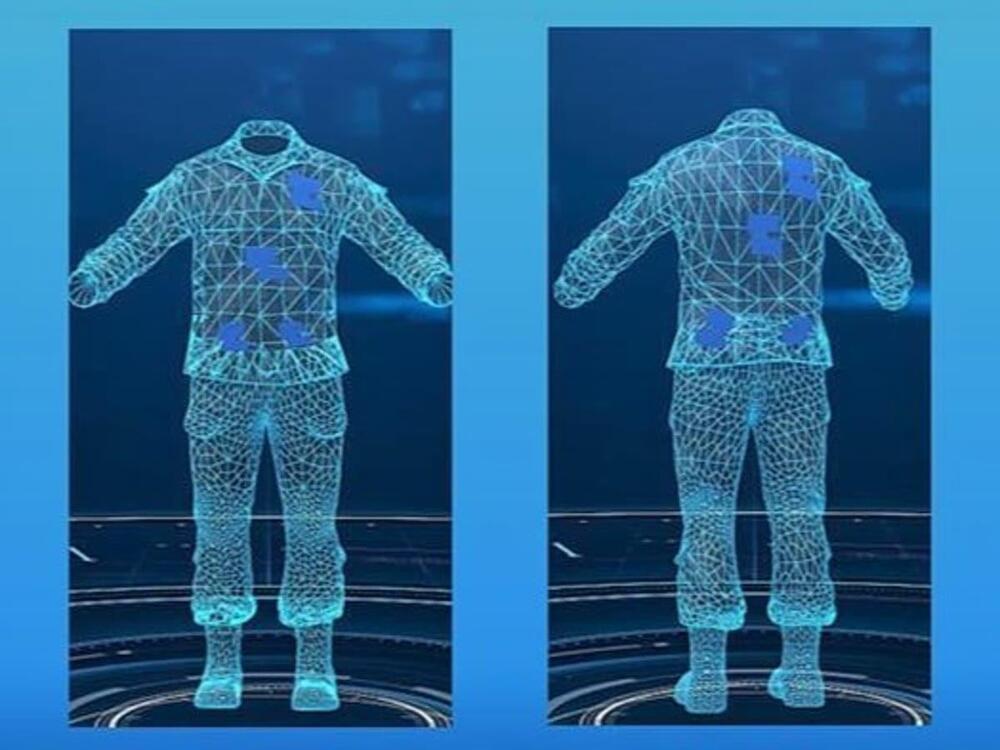2022 the Colorado State Fair’s annual art competition gave out prizes in all the usual art categories.
“Thé tre D’opéra Spatial,” took home the blue ribbon in the fair’s contest for emerging digital artists — making it one of the first A.I.-generated pieces to win such a prize.
#booktube #authortube #writingtube #aiart #midjourney.
What companies are active in this field?
Is it ethic or legal to create, use and sell AI art?
Will AI mark the end of jobs?
Prepare for the age of deep fake.
Here are some thoughts on this topic. I don’t have a definite answer to all these question, but one thing is for certain: AI is here to stay.
Link to Raoul Pal & E. Mostaque: A Complete SHIFT in Society!
AI Art companies:






